- Taylor
Sen. Ryan Taylor, D-Towner, speaks to supporters at the Dickinson Public Library on Wednesday morning at a stop for his gubernatorial campaign. Before Dickinson, he had been in New Town, and after he was headed to Bowman and Regent.
During a campaign stop in Dickinson on Wednesday, gubernatorial candidate Sen. Ryan Taylor, D-Towner, promoted the preservation of 40,000-plus acres of Badlands as wilderness, essentially keeping oil development off the land.
“It just means that there’s going to be 40,000 acres, possibly, that would remind us of what this place looked like before all this occurred,” he said at the Dickinson Public Library.
The Bakken, which extends into Canada and eastern Montana, is an area of 9.6 million acres in North Dakota. The proposed wilderness area, when combined with the acreage of the protected lands of Theodore Roosevelt National Park (just more than 70,000 acres in three units), is 1.1 percent of the North Dakota Bakken.
“We’re still going to get a tremendous amount of oil out of North Dakota,” said Taylor, the Democrat challenger to Gov. Jack Dalrymple. “We’re still supportive of that and have been in a number of our policies.”
The wilderness area would also give a buffer to the park, helping to preserve the soundscape and views of the 16th smallest national park, said Wade Schafer, Dacotah Chapter of the Sierra Club conservation organizer.
“It just makes sense to set aside just a real small percentage of that land and try and keep it the way it was when Theodore Roosevelt was here,” he said.
Hunting and grazing is not allowed in the park, but would be in a wilderness area. According to the Wilderness Act of 1964, development, including the oil industry, is not permitted on designated wilderness lands.
“There’s a lot of people that will come out and like to hunt in the Badlands, but we also got to make sure that they have something to shoot at too,” Taylor said.
The wilderness area will provide extra space to recreate, Schafer said.
“Oil development and recreation are mutually exclusive,” he said. “No one wants to go recreate in an oil field.”
The decision is up to federal government to turn the land into wilderness, but if it should do so, the state would evaluate and try to work with it, said Amanda Godfread, communications director for Dalrymple for Governor.
“It’s really in their hands entirely,” she said of the U.S. Forest Service.
The governor, who hunts pheasant in western North Dakota, is focused on making sure there’s balance between conservation and development, Godfread said.
“Just making sure that we don’t really skew the balance is the most important thing in his perspective,” she said.
There is already some oil development visible and audible in the park, especially the Elkhorn Ranch Unit, Friends of TRNP President David Nix said.
FTRNP supports creating that buffer between the developed land and protected lands of the park, he said.
“Let’s keep a little bit — let’s just keep a little bit for the people of North Dakota,” Taylor said.

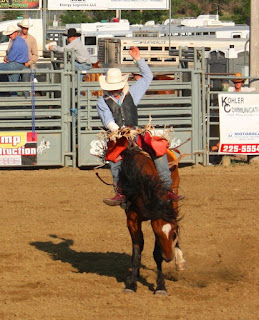


---copy.jpg)















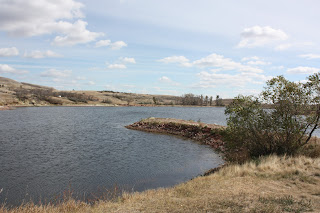
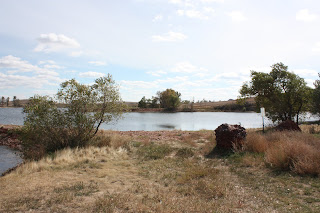
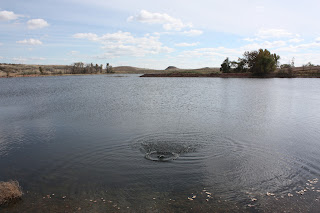
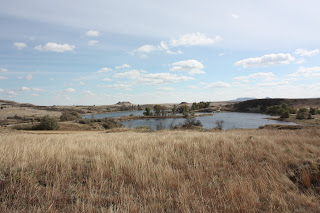










---copy.jpg)